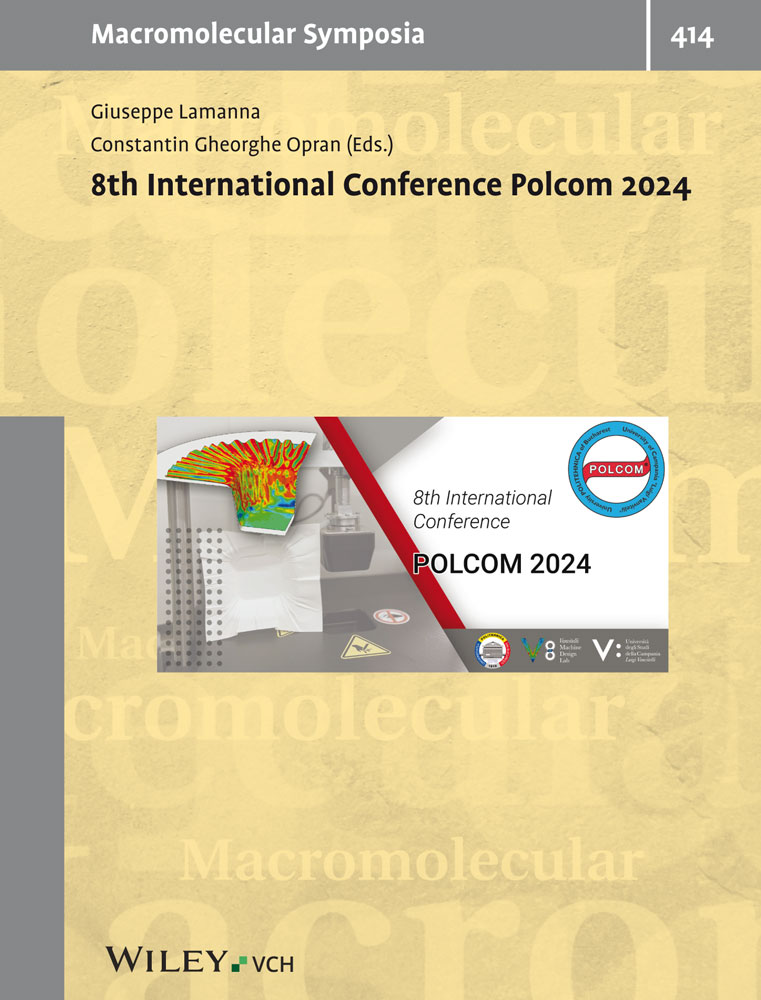Peculiarities of Formation of Intermolecular Polycomplexes Based on Polyacrylamide, Poly(vinyl alcohol) and Poly(ethylene oxide)
Abstract
The phenomenon of self-assembly of aggregates formed by relatively short chains of poly(vinyl alcohol) (PVA) on the long macromolecules of polyacrylamide (PAA) in aqueous medium are discussed. PVA and PAA form intermolecular polycomplexes (InterPC) of a constant composition independently on a ratio of polymer components. The complex formation between high-molecular-weight PAA and relatively low-molecular-weight poly(ethylene oxide) (PEO) are considered also. PEO with M ⩽ 4·104 g.mol−1 weakly interacts with PAA. The polymer-polymer interaction can be intensified when the part of amide groups (∼20 mol %) on PAA chain to transform into the carboxylic groups. InterPCs formed by PEO and initial or modified PAA have associative structure with friable packing of the polymer segments. They are stabilized by the hydrogen bond system.




